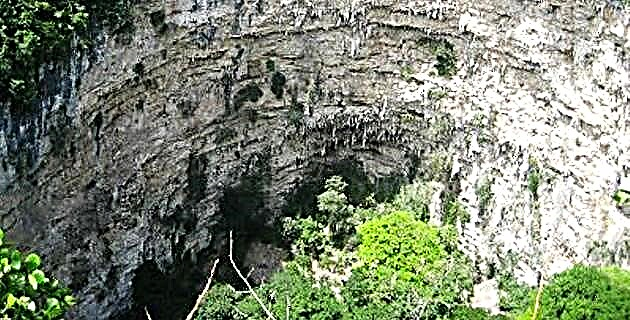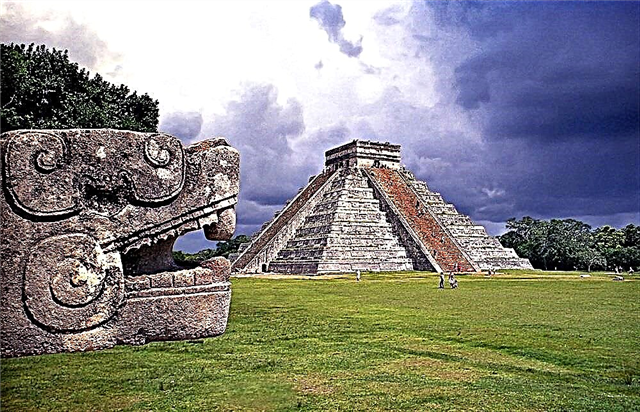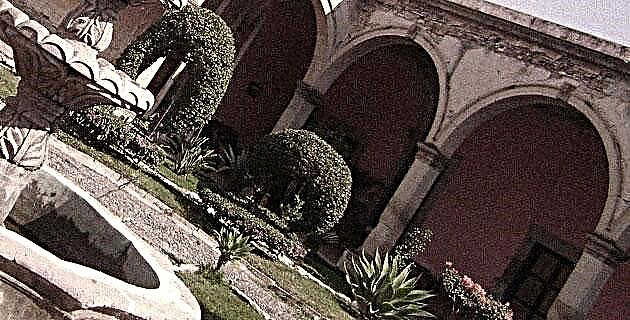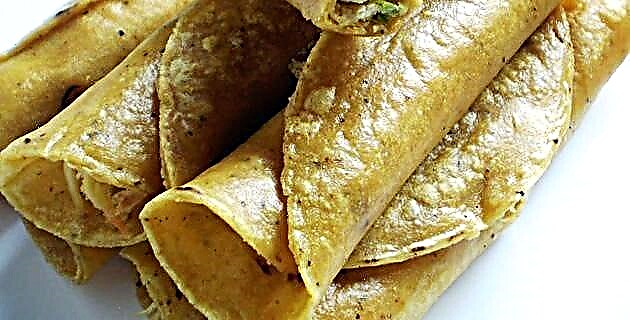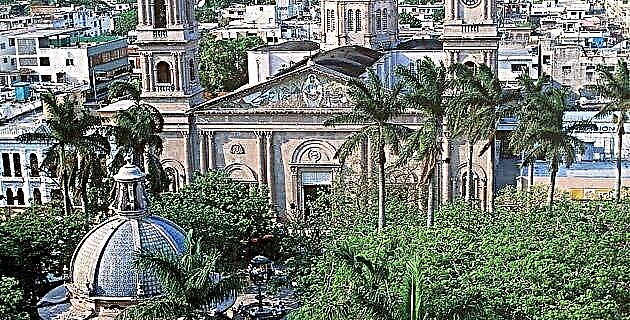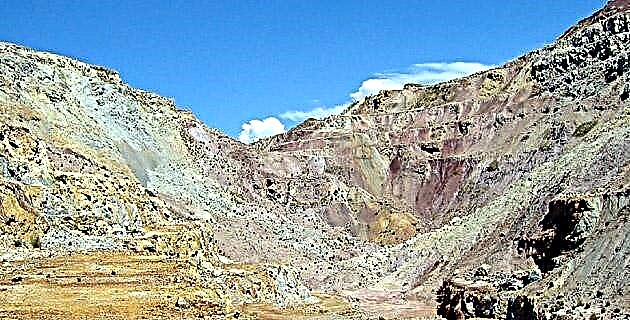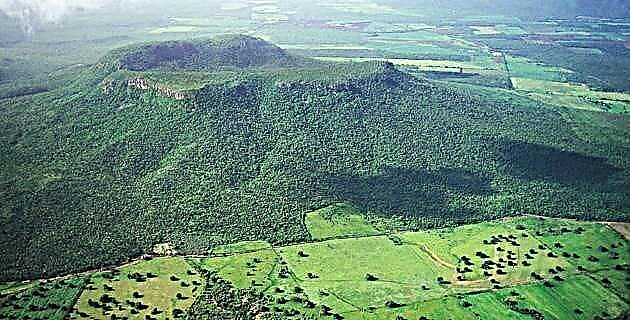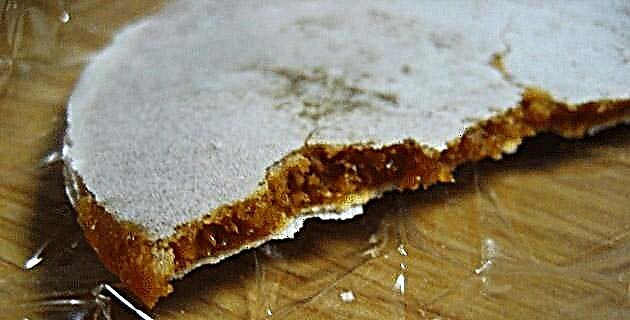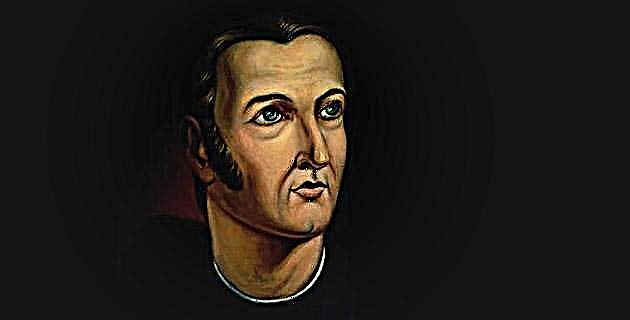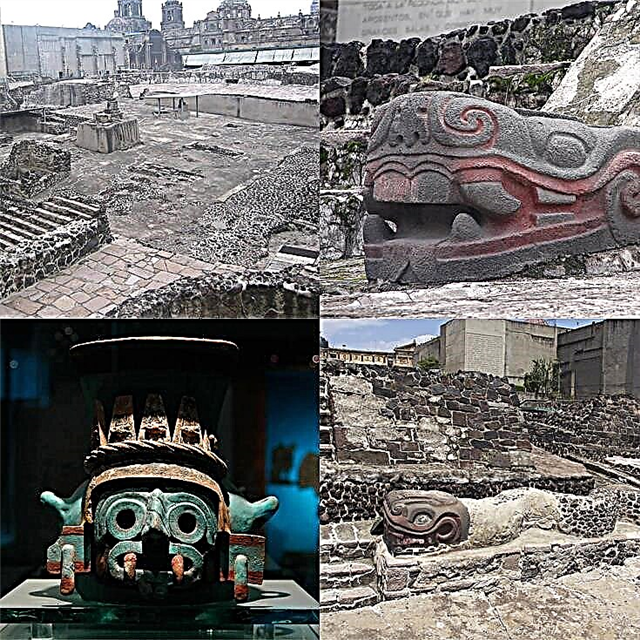The Templo Mayor was the heart through which Mexico-Tenochtitlan beat; something more active and relevant than was the historic center of a Hispanic city. We invite you to visit the original Templo Mayor of Mexico City with this guide.
What is the Templo Mayor?
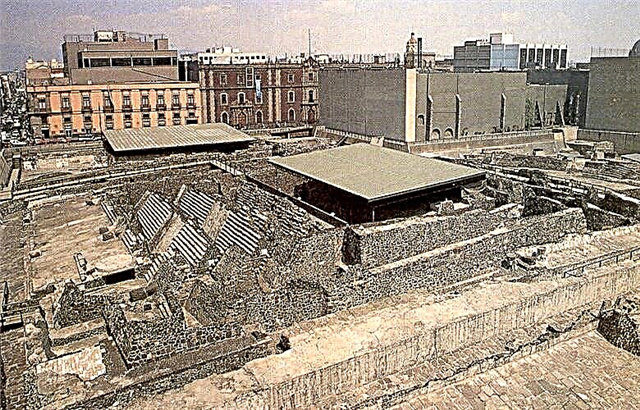
It is a pre-Hispanic site, also called the Great Temple of Mexico, which was made up of 78 constructions between buildings, towers, and patios, the remains of which were found in the historic center of Mexico City. The main building of the enclosure, a tower with two shrines, is also commonly called the Templo Mayor.
It is one of the most important testimonies of the Mexica culture in the country, it was built in 7 stages during the Postclassic period and was the nerve center of the political, religious and social life of the Aztecs of Mexico-Tenochtitlan for several centuries.
Annexed to the Temple Mayor is the Museo del Templo Mayor, which exhibits in its 8 rooms archaeological pieces rescued in the excavations.
Most of the Templo Mayor was destroyed by the conquerors and the chronicles of the conquest have helped establish what several of its buildings were like when they were fully standing.
- Mexico City Natural History Museum: Definitive Guide
When was the Templo Mayor discovered?
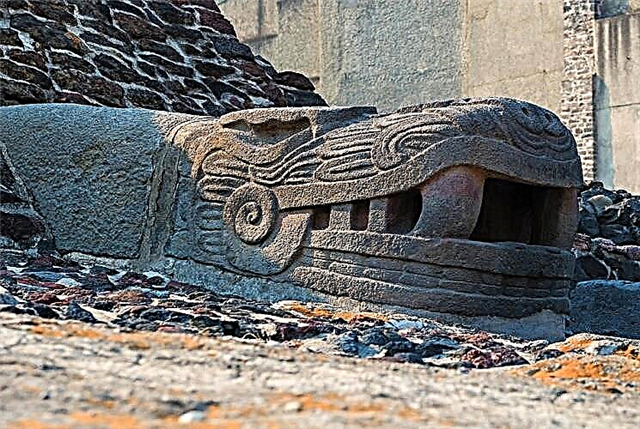
Between 1913 and 1914, the Mexican anthropologist and archaeologist Manuel Gamio, made some pioneering discoveries, which predicted that instead there was an important pre-Columbian site, but the excavations could not continue because it was a residential area.
The great discovery took place on February 21, 1978, when workers from the Compañía de Luz y Fuerza del Centro, installed underground wiring for the subway.
One of the workers uncovered a circular stone with reliefs that turned out to be a representation of Coyolxauhqui, goddess of the moon, located on the right staircase of the main tower.
- TOP 20 Places Of Interest In Mexico City That You Have To Visit
What were the most relevant buildings of the Templo Mayor?
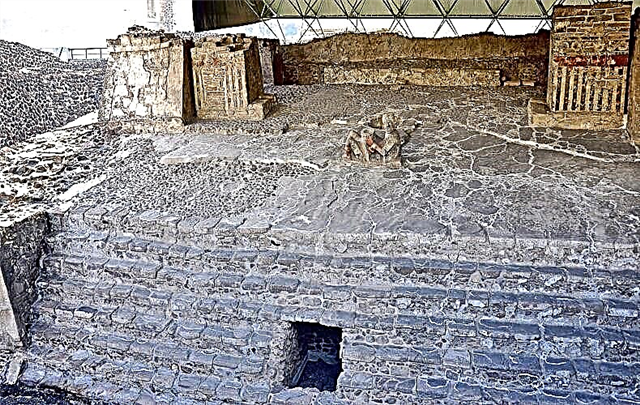
The main temple of the Templo Mayor is the Tlacatecco, which was dedicated to the god Huitzilopochtli and by extension to the Aztec emperor.
Other important buildings or categories are the Temple of Ehécatl, the Temple of Tezcatlipoca; Tilapan, an oratory made to the goddess Cihuacóatl; Coacalco, a space for the gods of the defeated nations; the altar of skulls or Tzompantli; and the Cincalco or children's paradise.
They are also distinguished in the grounds of the Templo Mayor, the Casa de las Águilas; Calmécac, which was the school for the sons of the Mexica nobility; and places that have been linked to the gods Xochipilli, Xochiquétzal, Chicomecóatl and Tonatiuh.
What did Tlacatecco represent?
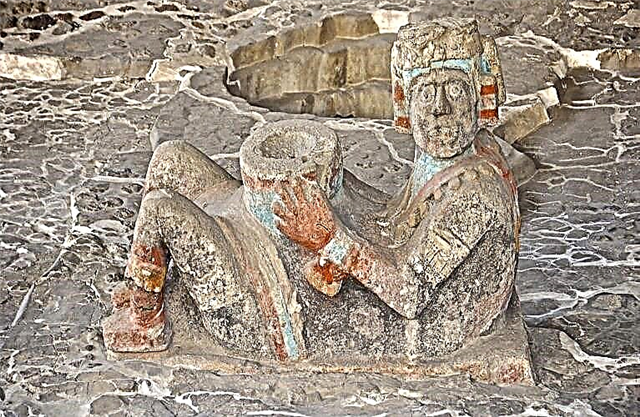
The highest temple was dedicated to the god Huitzilopochtli and by extension to the Aztec emperor. Huitzilopochtli was the sun god and the main deity of the Mexica, who imposed it on the conquered peoples.
According to the Mexica myth, Huitzilopochtli ordered this people to found Mexico-Tenochtitlan in the place where they found an eagle resting on a cactus and carrying the Atl-tlachinolli.
In his double condition of god and man, the emperor or tlacateuctli was also honored in the Tlacatecco of the Templo Mayor.
- Anthropology National Museum
What is the Temple of Ehécatl like?
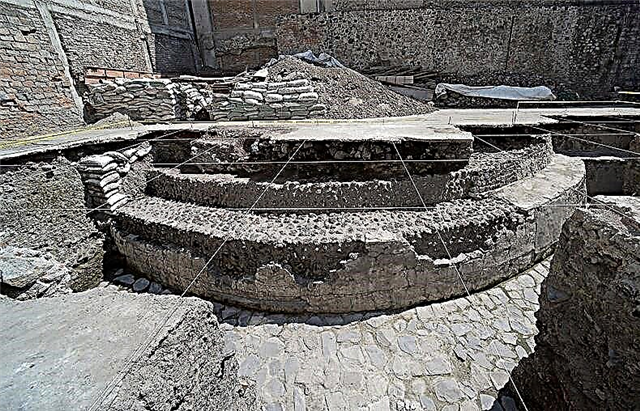
Ehécatl was the god of the wind in Mexica mythology and one of the representations of Quetzalcóatl, the feathered serpent.
The Temple of Ehécatl has a circular structure, in front of the Templo Mayor, looking towards the east. This privileged position is associated with the fact that it would have served for the sunlight to pass between the two shrines of the Templo Mayor.
On its platform there was a 60-step staircase and its entrance had the shape of serpent's jaws and other ornamental allegorical elements, according to the chronicles written in the 16th century by Bernal Díaz del Castillo.
What significance does the Temple of Tezcatlipoca have?
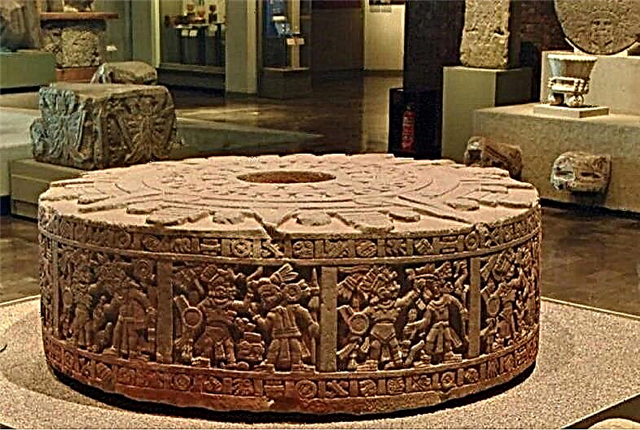
Tezcatlipoca or "Smoking Mirror" was a powerful Mexica god, lord of heaven and earth, equivalent and adversary of the Toltec Quetzalcóatl.
The structures of the temple of the fearsome god in the Templo Mayor were found under the current Museum of the Ministry of Finance, located in what was the Archbishopric Building.
As a result of the 1985 earthquake, the entire structural system suffered severe damage and during the process of reconstruction and shoring, the north wall and the east wall of the Temple of Tezcatlipoca were located.
In 1988 the monolith Temalácatl-Cuauhxhicalli or Piedra de Moctezuma was found, in whose circular song there are 11 scenes that narrate the conquests of the Aztec emperor Moctezuma Ilhuicamina, with several references to Tezcatlipoca.
What was the role of Tilapan?
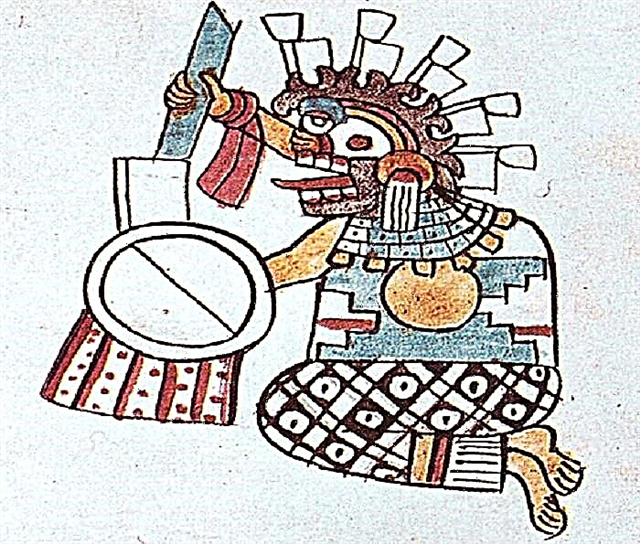
The Tilapan was an oratory to venerate the goddess Cihuacóatl. According to Mexica mythology, Cihuacóatl was the goddess of birth and the protector of women who died when giving birth. She was also the patron saint of doctors, midwives, bleeders, and abortionists.
Another Mexican myth is that Cihuacóatl ground the bones that Quetzalcóatl brought from Mictlán to create humanity.
The goddess Cihuacóatl used to be represented as a woman in adulthood, with her head touched by a crown of eagle feathers and dressed in a blouse and a skirt with snails.
- Read also: Castillo De Chapultepec In Mexico City: Definitive Guide
What is the Tzompantli?
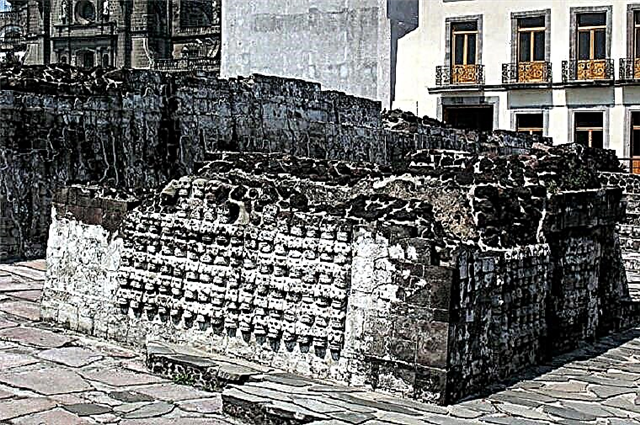
Another of the constructions found in the grounds of the Templo Mayor is the Tzompantli, the altar on which the Mexica impaled the heads of people sacrificed to the gods, also called the “altar of skulls”.
The pre-Hispanic Mesoamerican peoples beheaded the victims of the sacrifices and preserved their skulls by holding them on the tip of a stick, forming a kind of palisade of skulls.
The word "tzompantli" comes from the Nahua voices "tzontli" which means "head" or "skull" and "pantli" which means "row" or "row".
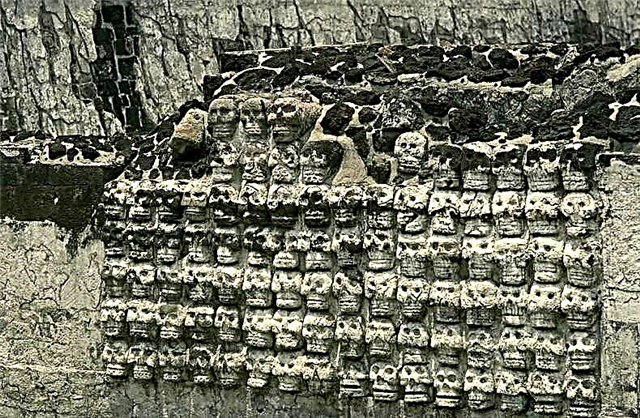
It is believed that in the main Tzompantli of the Templo Mayor there were about 60 thousand skulls when the Spanish arrived in the 16th century. Another well-known Tzompantli in Mexico is that of Chichén Itzá.
In 2015, a structure with 35 skulls was found on Guatemala Street in the historic center, behind the Metropolitan Cathedral, which was identified as the Huey Tzompantli referred to in the chronicles of the first era of the conquest.
What is the Casa de las Águilas like?
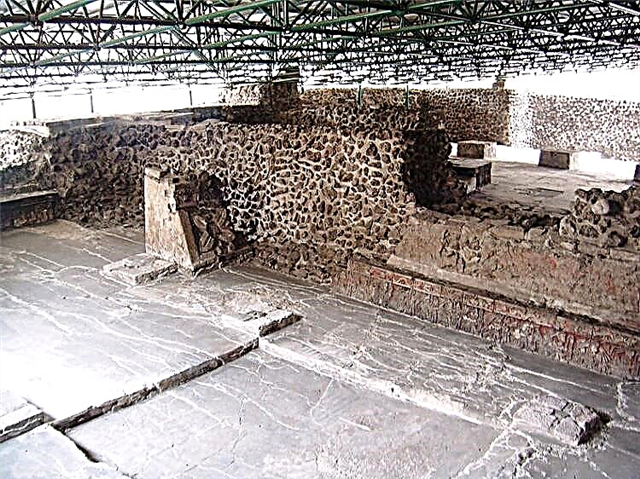
This building of the Templo Mayor de México-Tenochtitlán had great importance in the political and religious ceremonial of the Mexica, since it was the place where the Huey Tlatoani were invested with the supreme power and also where their reign ended.
The Huey Tlatoani were the rulers of the Triple Alliance, made up of México-Tenochtitlan, Texcoco and Tlacopan, and the name means "great ruler, great speaker" in the Nahua language.
It was built at the end of the 15th century, so it was one of the most recent constructions that the Spanish found upon arrival.
It gets its name from the life-size eagle warrior figures that were found at the front door.
Discover more attractions in Mexico:
- Inbursa Aquarium: Definitive Guide
- Top 10 Restaurants in La Condesa, Mexico City
- Top 10 Restaurants In Polanco, Mexico City
What was Calmécac?
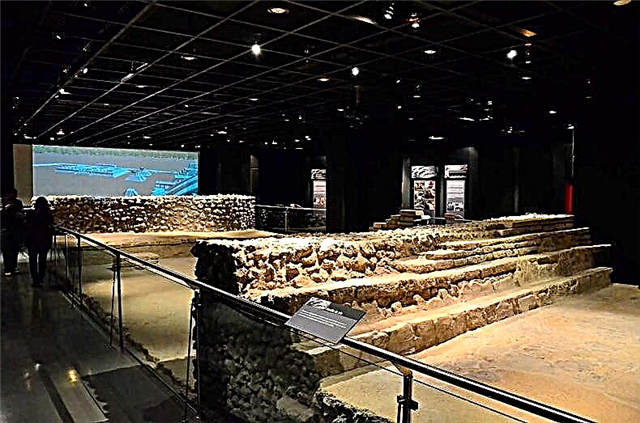
Under the current building of the Cultural Center of Spain on Calle Donceles in the historic center, 7 huge battlements were found in 2012 that are believed to be part of a Calmécac, the place of learning where the Aztec nobility boys went.
The original building of the Cultural Center of Spain was built in the 17th century, behind the Metropolitan Cathedral, following the Spanish practice of superimposing its buildings on those of the natives.
In these schools, the youth of the ruling elite learned religion, science, politics, economics, and the arts of war.
The 2.4-meter battlements are believed to have been placed by the Mexica in a ritual ceremony under the floor that is now part of an annex to the Cultural Center of the Spanish embassy.
What was the meaning of Xochipilli?
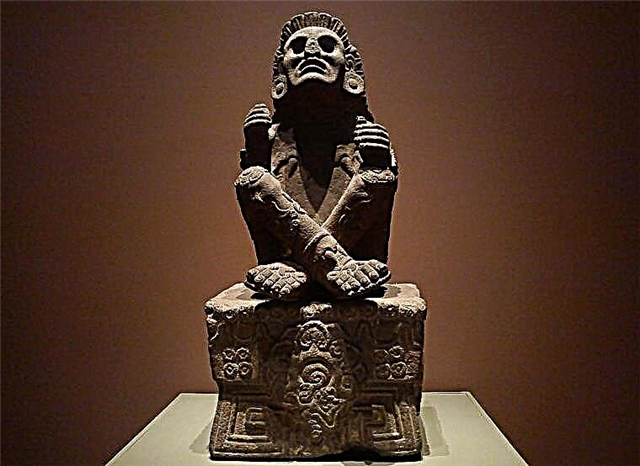
Xochipilli held many positions in Mexica mythology, since he was the god of love, beauty and pleasure, as well as games, flowers, corn and even sacred drunkenness. He was also the protector of homosexuals and male prostitutes.
The return of the Sun every morning caused immense joy to the Mexica, who believed that after traveling the world of the living and hiding, the sun king was going to patrol the world of the dead and fertilize the earth. Xochipilli was associated with the return of the Sun.
In 1978 an offering to the god Xochipilli was found in the excavations of the Greater Temple in his dedication to the Morning Sun. At the time of finding it, the figure was covered in a large amount of a red hematite pigment, believed to be a symbol of blood and the color of the sun at sunset.
What did Xochiquétzal represent?
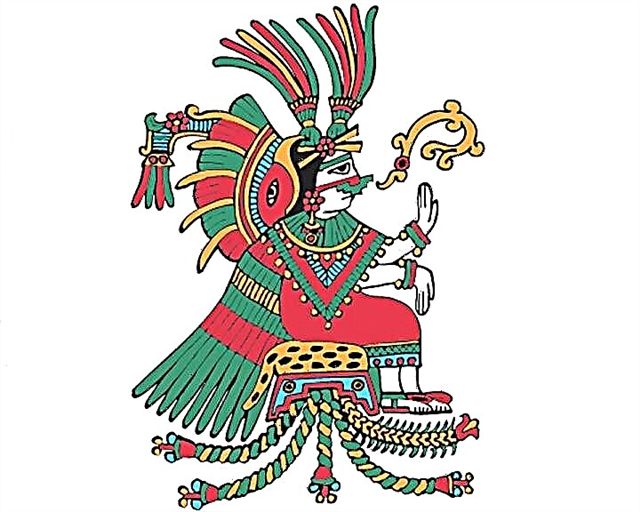
She was the wife of Xochipilli and the goddess of love, amorous pleasure, beauty, home, flowers, and the arts. Although according to myth, no man has ever seen her, she is represented as a beautiful young woman, with two plumes of quetzal feathers and earrings in both ears.
The temple he had dedicated in the grounds of the Templo Mayor was small but very well ornamented, with embroidered tapestries and gold feathers.
The pregnant Mexican women with some sins on their backs, passed bitter drinks in front of the goddess. After taking a lustral bath, these women went to confess their sins to Xochiquétzal, but if they were very great, they had to burn an image of the penitent made of amate paper at the feet of the goddess.
Read more about Mexico City:
- Definitive Guide to Polanco
- Ultimate Guide to Colonia Roma
What was the role of the goddess Chicomecóatl?
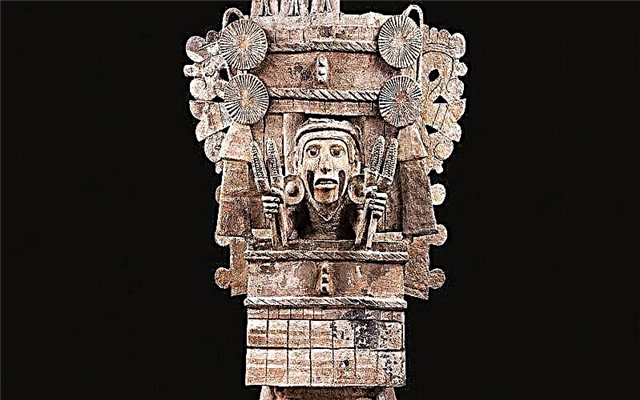
Chicomecóatl was the Mexica deity of subsistence, vegetation, crops and fertility and was particularly associated with corn, the main food of pre-Hispanic times.
Due to its connection with the valuable cereal, it was also called Xilonen, or the "hairy" in allusion to the beards of the corn pod.
Chicomecóatl was also related to Ilamatecuhtli or "old lady", in this case representing the ripe corn cob, with yellowish leaves.
To thank the corn harvest, the Mexica made a sacrifice in the Temple of Chicomecóatl, consisting of the beheading of a young woman in front of the statue of the goddess.
What is exhibited in the Museo del Templo Mayor?
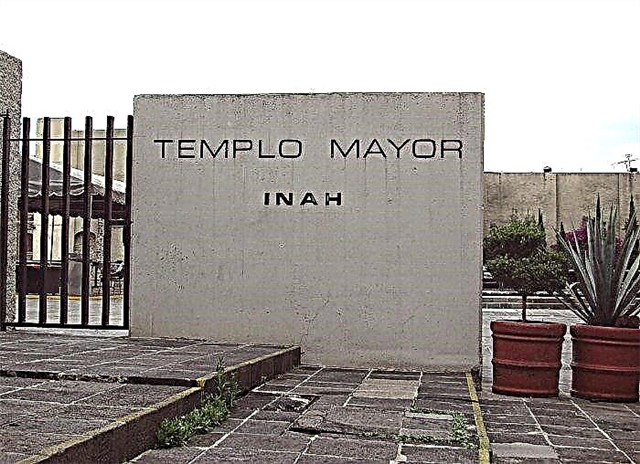
The Templo Mayor Museum was inaugurated in 1987 and is intended to display the pre-Hispanic heritage rescued during the Templo Mayor Project between 1978 and 1982, when more than 7 thousand archaeological objects were recovered.
The museum enclosure is made up of 8 rooms and was conceived following the same original layout as the Templo Mayor.
In the lobby of the museum there is a polychrome relief of the goddess of the Earth, Tlaltecuhtli, found in 2006, which is the largest Mexican sculptural piece found to date.
In the center of the second level of the museum is the circular monolith that represents in relief Coyolxauhqui, goddess of the moon, of immense artistic and historical value, since its accidental discovery in 1978 was the starting point for the recovery of the vestiges of the Main temple.
How are the museum rooms organized?
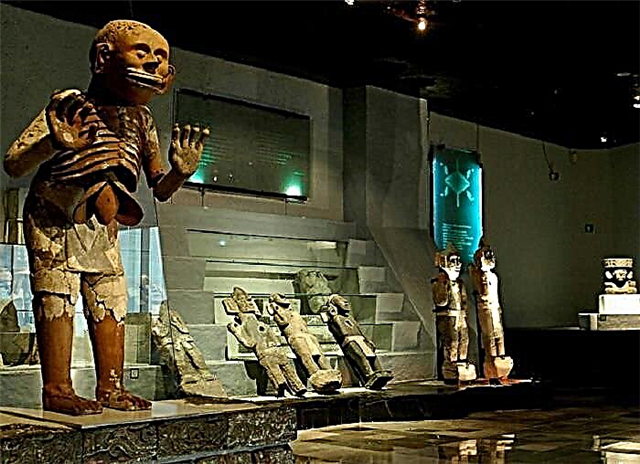
The Museo del Templo Mayor is organized in 8 rooms. Room 1 is dedicated to the archaeological antecedents and it exhibits offerings found in the Templo Mayor and other pieces found over time in different parts of the center of Mexico City.
Room 2 is dedicated to Ritual and Sacrifice, Room 3 to Tribute and Commerce and Room 4 to Huitzilopochtli or "Left-Handed Hummingbird" who was god of war, solar incarnation and patron of the Mexica.
Room 5 refers to Tlaloc, god of rain, another great deity that was venerated in the Templo Mayor. Room 6 is related to Flora and Fauna, Room 7 to Agriculture and Room 8 to Historical Archeology.
- TOP 20 Places To Visit In Mexico City As A Couple
What can I see in the Ritual and Sacrifice Room?
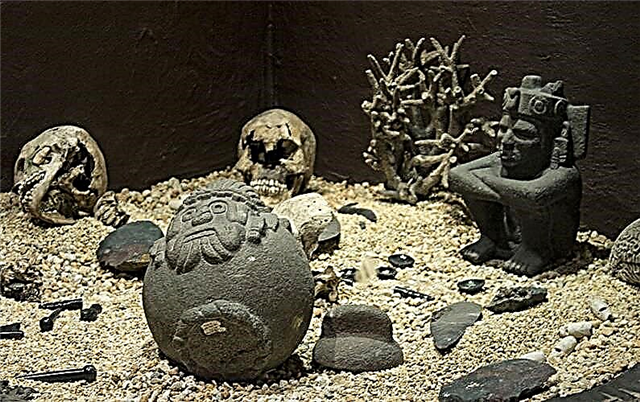
The communication of the Mexica with their gods was carried out through rituals, the most dramatic being that of human sacrifices.
In the room objects and offerings related to these ceremonials are exhibited, such as urns containing cremated remains, bones, items buried with their deceased owners, face knives and skull masks. One of the urns on display was made of obsidian and the other of tecali stone.
This room also addresses the rituals of human sacrifice and self-sacrifice. The elements that were used in the sacrifices are shown, such as the sacrificial stone, the flint knife used and the Cuauhxicalli, which was the container to offer the hearts of the victims.
The Mexica self-sacrifice consisted mainly of piercing some parts of the body with obsidian blades or with maguey and bone tips.
What is the interest of the Chamber of Tribute and Commerce?
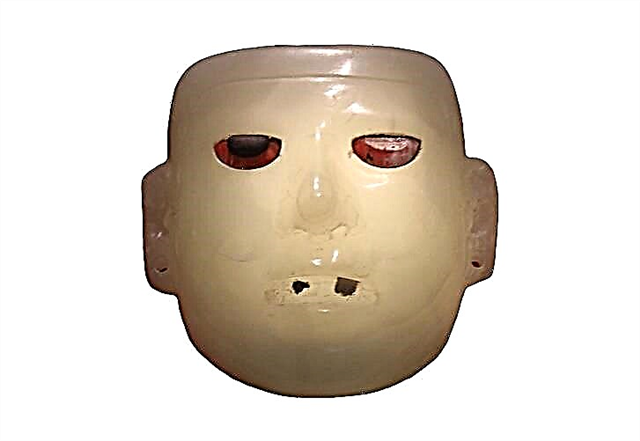
In this room are exhibited objects that were paid to the Mexica by the subject peoples and others that were acquired through trade and were offered to the gods for their value.
Among these objects is the Teotihuacan Mask, a splendid piece made of an intense green stone, with shell and obsidian inlays in eyes and teeth, which was offered in the Templo Mayor.
The Olmec Mask also stands out, a magnificent piece of 3,000 years old. This mask came from some area of Olmec influence and shows the evocative features of the jaguar and the V-shaped indentation of the forehead that characterizes the representations of the face in the art of that people.
- Also read our Definitive Guide to the Archaeological Zone of Tula
What can I see in the Huitzilopochtli Hall?
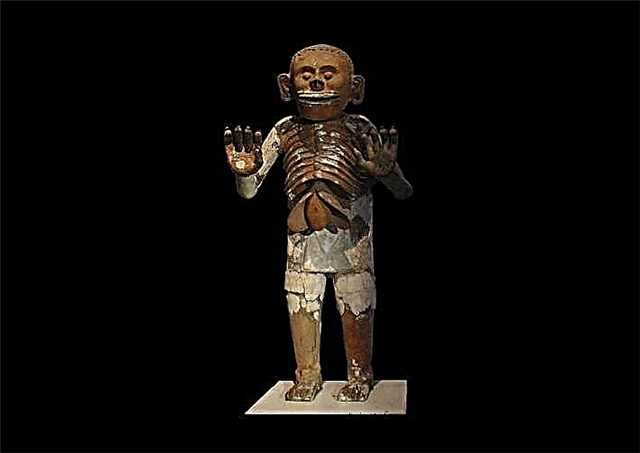
Huitzilopochtli was the god of war of the Mexica and they attributed to him and thanked him for his success in the victories that led them to form their empire.
This room is dedicated to objects related to Huitzilopochtli, such as the Eagle Warrior, an image found in the House of the Eagles in the Templo Mayor.
Representations of Mictlantecuhtli, god of death, are also exhibited; of Mayahuel, goddess of pulque; a relief of Tlaltecuhtli, the Lord of the Earth, several sculptures of Xiuhtecuhtli-Huehuetéotl, god of fire; and the great monolith of Coyolxauhqui.
What is the importance of the Tláloc Room?
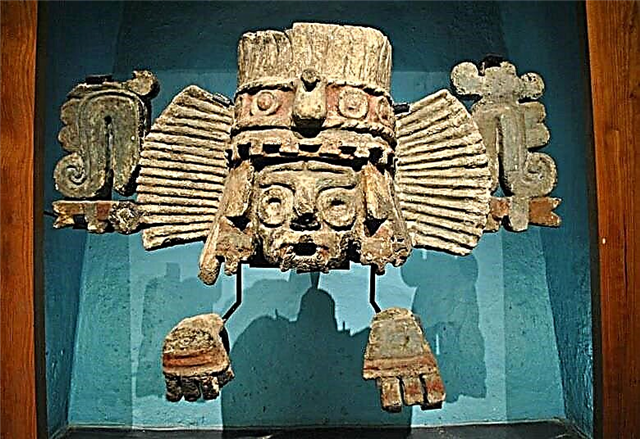
The main Mexica shrine of Tláloc "the one that makes sprout" was in the Templo Mayor and his cult was one of the most important since, as the god of rain, food depended on him in a predominantly agricultural society.
Tlaloc is the god most represented in the collection rescued in the Templo Mayor and his figure is in snails, shells, corals, frogs, stone jars and other pieces exhibited in this room.
One of the most valuable objects is the Tláloc Pot, a polychrome ceramic piece that symbolizes the container in which the deity kept the water to spread it on the earth.
In this space is also the Tláloc-Tlaltecuhtli, a relief with two superimposed images that represent water and land.
What is the Flora and Fauna Room dedicated to?
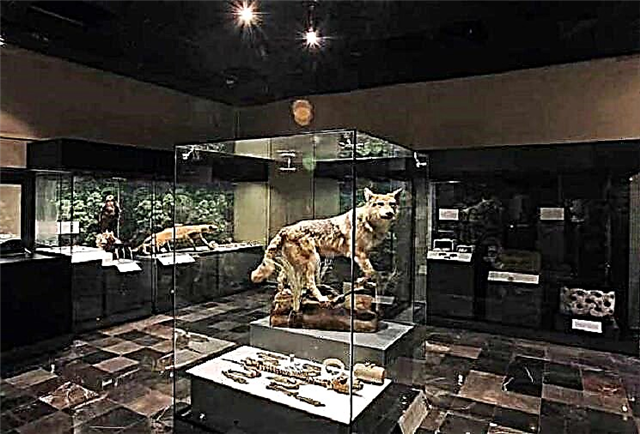
In this room offerings of animals and plants found in the Templo Mayor are exhibited. The influence of the Mexica empire can also be measured by the variety of ecosystems of origin of the offered animals, which include eagles, pumas, crocodiles, snakes, turtles, wolves, jaguars, armadillos, manta rays, pelicans, sharks, hedgehog fish, hedgehogs and snails.
The cuts present in skulls and other skeletal remains allow us to infer that the Mexica practiced some type of taxidermy.
Also noteworthy in this room are the objects found in 2000 in an offering to Tláloc, consisting of organic remains of maguey fibers, yauhtli flowers, textiles and paper.
- Read also 15 Places you must visit in Puebla
What is there to see in the Agriculture Room?
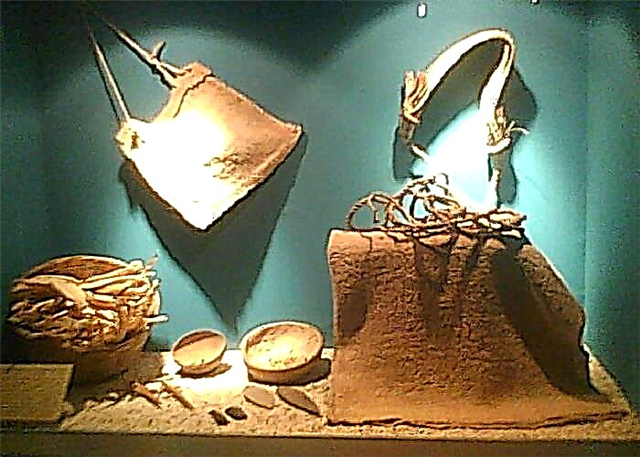
Room 7 of the Museo del Templo Mayor is dedicated to Agriculture and shows the agricultural and urban development of the Mexica, mainly through their methods of winning land from the lake.
In this room there are tools used by indigenous people today, some of which have changed little compared to those used by the Mexica.
Reference is also made to Chalchiuhtlicue, "the one with the jade skirt," goddess of water in rivers, lakes, lagoons and seas, and Chicomecóatl, goddess of vegetation and sustenance. An effigy pot with the influence of Cholula ceramics shows Chicomecóatl with Tláloc.
What is exhibited in the Historical Archeology Room?
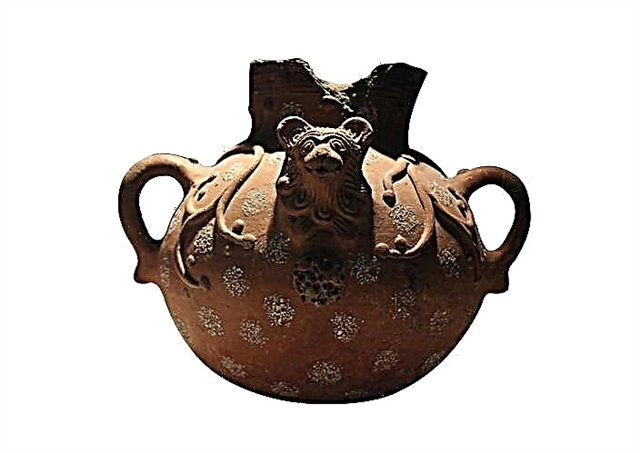
In this room are exhibited the objects from the excavations of the Templo Mayor, which were made during the Spanish conquest, some of them with religious content, for the construction of New Spain buildings.
Among these pieces are also heraldic shields used by the native and Spanish nobility, blown glass, turned pottery, and tile mosaics. The techniques to make these objects were taught to the natives by the Spanish evangelizers.
Likewise, in the excavations of the Templo Mayor, various metallic articles were found, from different stages of the conquest, one of which is a colonial offering that has the year 1721 engraved.
During the colony, one of the ways that the Mexica used to pay a discreet cult to Tlaltecuhtli, the Lord of the Earth, was by placing his representation at the bottom of the columns of Hispanic buildings, which is shown in this room.
- Also discover the sulfur of Michoacan!
What are the hours and prices for access to the Templo Mayor Museum?
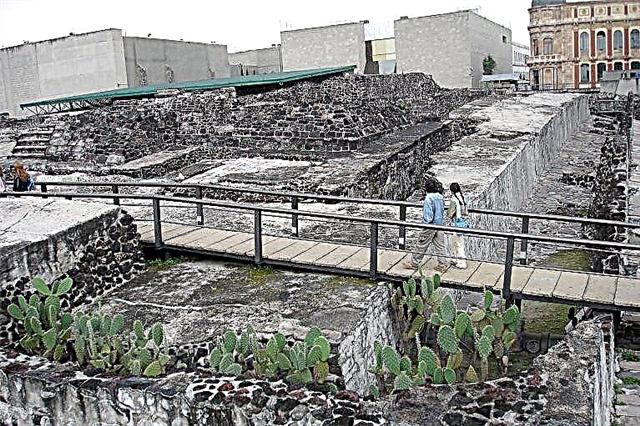
The Museo del Templo Mayor is open to the public from Tuesday to Sunday, between 9 in the morning and 5 in the afternoon. Mondays are dedicated to maintenance and to serving the media and other institutions.
The general price of the ticket is 70 MXN, with free access for children under 13 years of age, students, teachers, the elderly and pensioners and retirees with a valid certificate. On Sundays, entry is free for all Mexican nationals and resident foreigners.
The museum also has a shop that offers reproductions of the collection, catalogs, postcards, posters, jewelery, books and other souvenirs.
You can take all the photos you want, but without the use of flash, to preserve the integrity of the exhibited pieces.
We hope this guide will be useful to you on your next visit to the Templo Mayor and that you learn many things about the fascinating Mexican culture.
It only remains for us to ask you to tell us about your experiences on your tours and to make any comments that you think are pertinent to improve this guide.
Find out more about Mexico by reading our articles !:
- TOP 5 Magical Towns of Querétaro
- The 12 Best Landscapes In Chiapas You Have To Visit
- 15 Things To Do And See In Tulum

